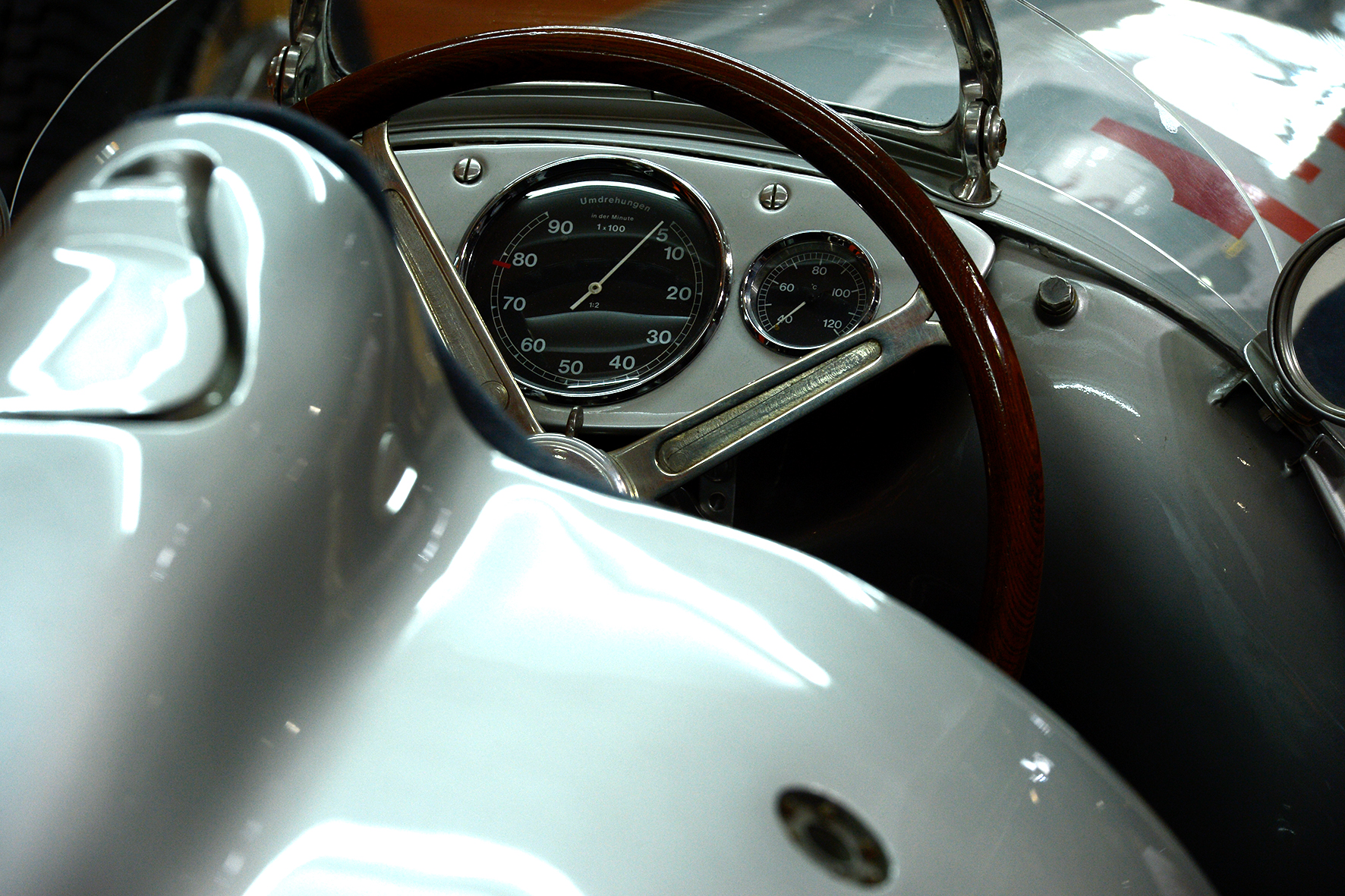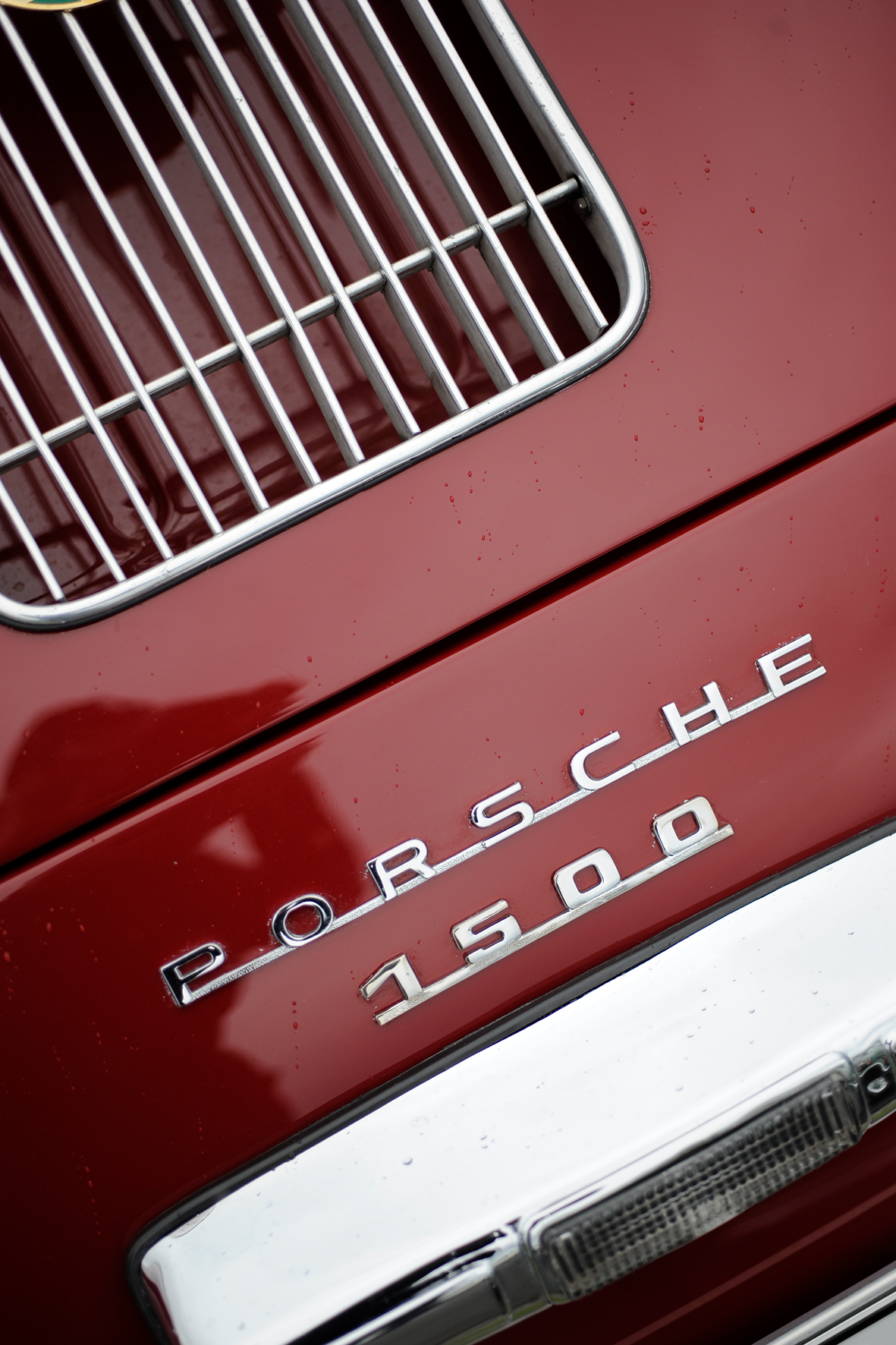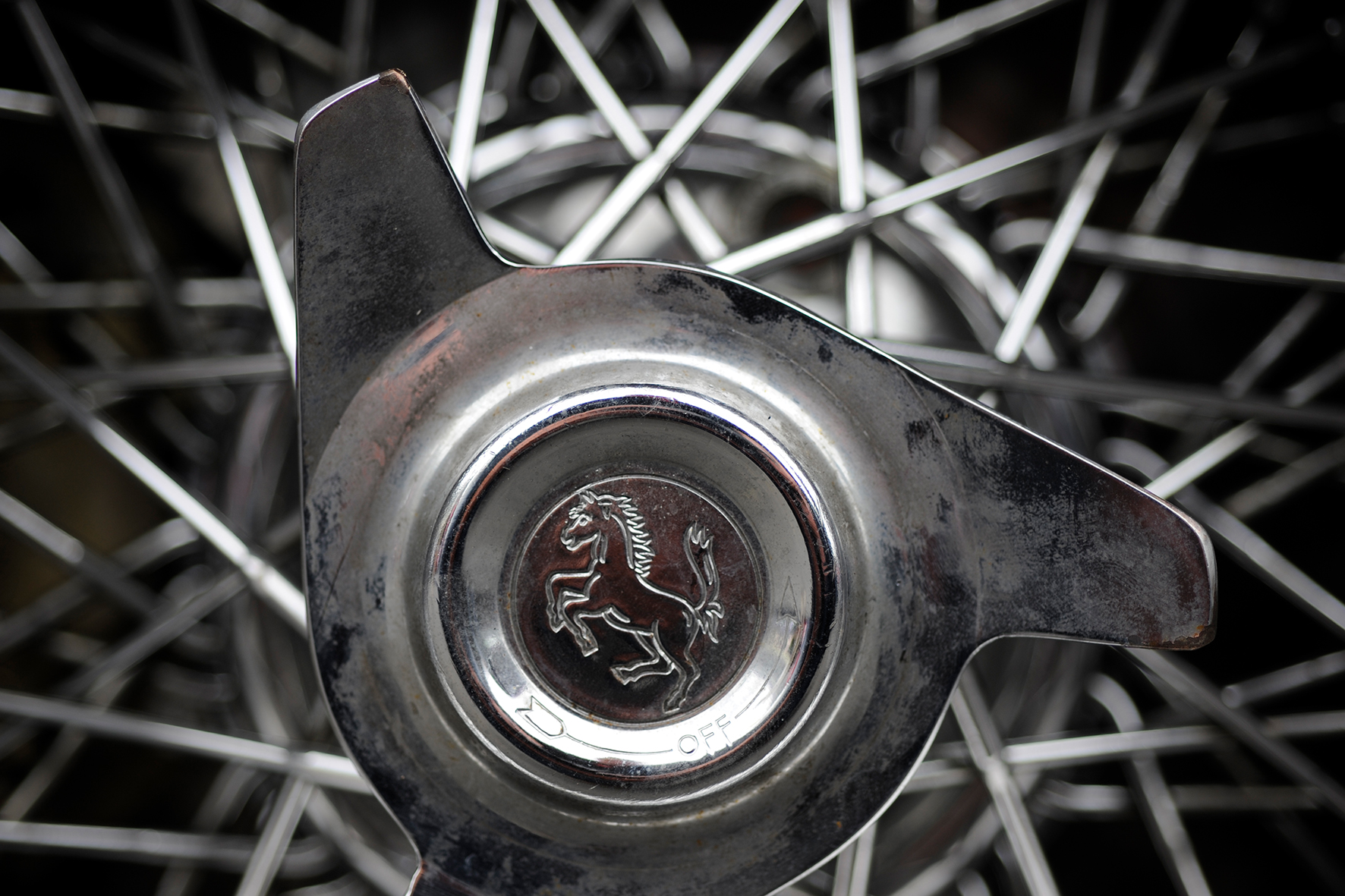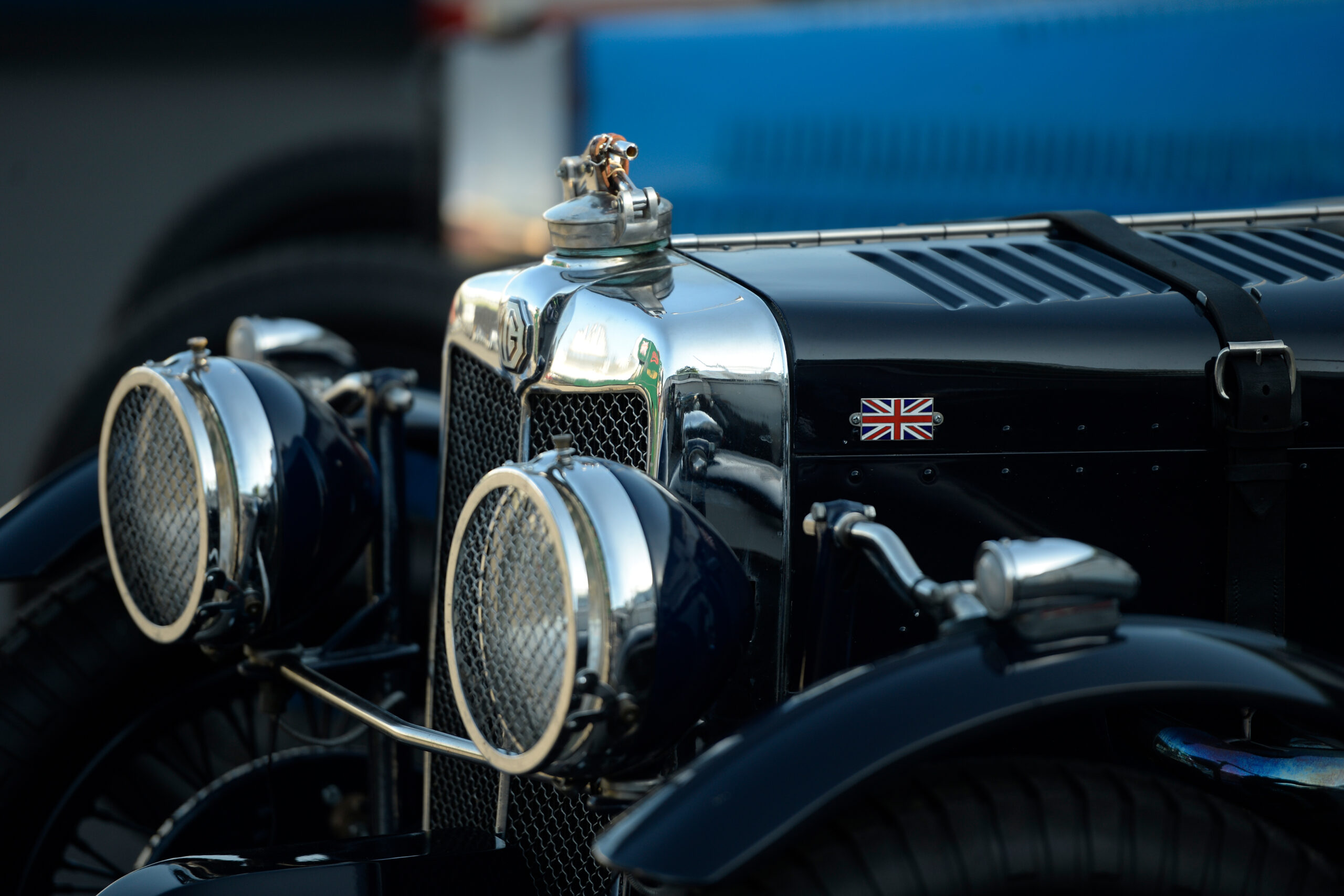When comparing the environmental impact of driving classic cars versus purchasing new vehicles, several factors come into play. One significant consideration is the carbon dioxide (CO2) emissions associated with manufacturing new cars versus maintaining and driving older ones. Let’s delve into some numbers to support the argument that classic motoring is the better option.

Manufacturing Emissions
According to research from the International Council on Clean Transportation (ICCT), manufacturing a mid-sized car emits around 14 to 16 metric tons of CO2 on average. This includes emissions from material extraction, component manufacturing, assembly, and transportation.The production of electric vehicles (EVs) can have much higher manufacturing emissions compared to conventional vehicles due to the energy-intensive processes involved in producing batteries. A study published in the Journal of Industrial Ecology found that manufacturing a mid-sized EV can emit between 8.8 to 16.5 metric tons of CO2, depending on the battery size and production methods. By comparison: the per capita greenhouse CO2 emissions in Europe in 2021 were 7.8 tons per year for the 27 countries.

Lifetime Emissions
A study by the MIT Energy Initiative found that over a 12-year lifespan, the emissions from manufacturing a new car can exceed those from driving it. This highlights the importance of considering both manufacturing and operational emissions when evaluating a vehicle’s environmental impact. Older vehicles, especially those maintained and driven sparingly, can continue to operate for several decades, effectively spreading out the emissions incurred during manufacturing over a longer timeframe.
Durability and Maintenance
Research by the University of California, Santa Barbara, suggests that modern vehicles have shorter lifespans due to the increased use of plastics and electronics, which are prone to degradation and obsolescence. Classic cars often feature mechanical components that are easier to repair and maintain, leading to longer lifespans and reduced need for frequent replacements.

Longevity and Preservation
The Historic Vehicle Association estimates that the average age of vehicles on U.S. roads is over 11 years. Preserving and maintaining older vehicles contributes to extending their lifespan and reducing the demand for new car production.According to the U.S. Environmental Protection Agency (EPA), recycling a ton of steel saves approximately 2,500 pounds of iron ore, 1,400 pounds of coal, and 120 pounds of limestone. Keeping classic cars on the road reduces the need for new steel production, thus conserving resources and reducing emissions.

Retrofits and Upgrades
Retrofitting classic cars with modern fuel injection systems, catalytic converters, and other emissions control technologies can significantly improve their environmental performance. According to the Specialty Equipment Market Association (SEMA), emissions-related products for classic vehicles are a growing market, indicating a trend towards greener retrofits. Studies have shown that retrofitting older vehicles with cleaner technologies can result in substantial reductions in emissions. For example, a study by the National Renewable Energy Laboratory found that converting older diesel vehicles to run on biodiesel could reduce emissions of particulate matter and nitrogen oxides by up to 20%.
By considering these factors, it becomes evident that driving old and vintage cars can indeed be more environmentally friendly than buying new cars, particularly when accounting for the significant emissions generated during the manufacturing process of modern vehicles.

In addition to the environmental benefits, driving classic cars also offers unique experiences and a sense of enjoyment that can contribute to their appeal. Classic cars evoke a sense of nostalgia and appreciation for automotive history. Many enthusiasts enjoy the opportunity to connect with the design, craftsmanship, and cultural significance of vintage vehicles. Unlike modern vehicles with electronic assists and driver aids, driving a vintage car requires more active participation, enhancing the overall driving experience. In general historic cars are celebrated for their timeless design and aesthetics, which often stand out amidst modern automotive trends. Whether it’s the sleek lines of a vintage sports car or the elegant curves of a classic sedan, these vehicles exude style and charm that transcends generations.
Photos by Ralph Lueker










